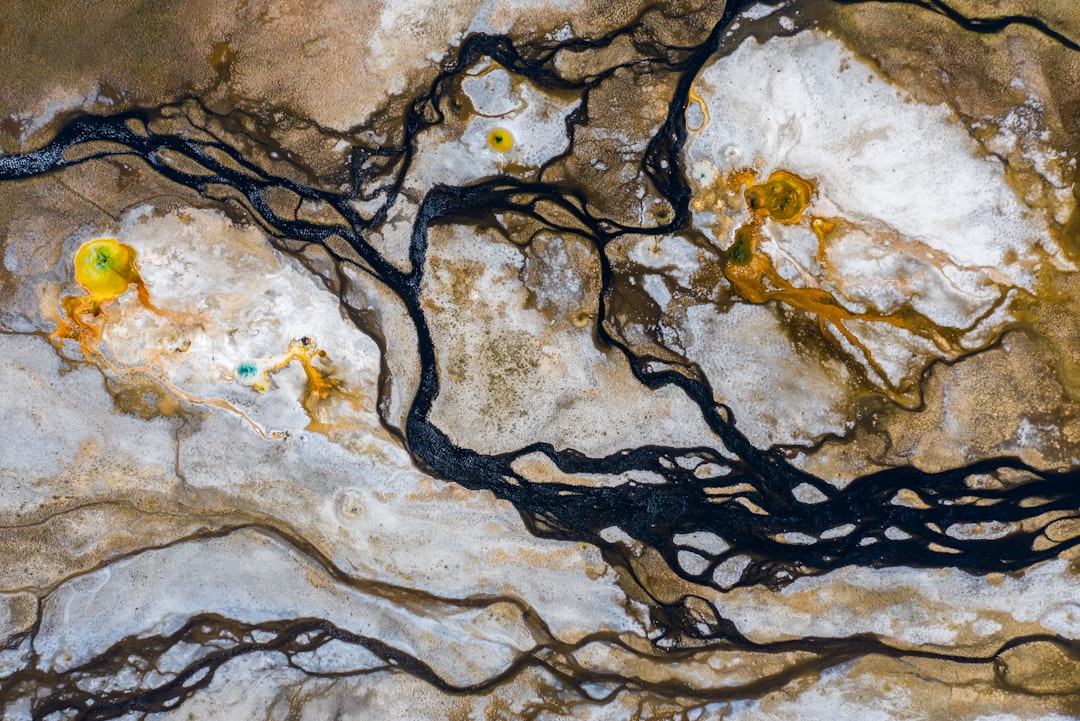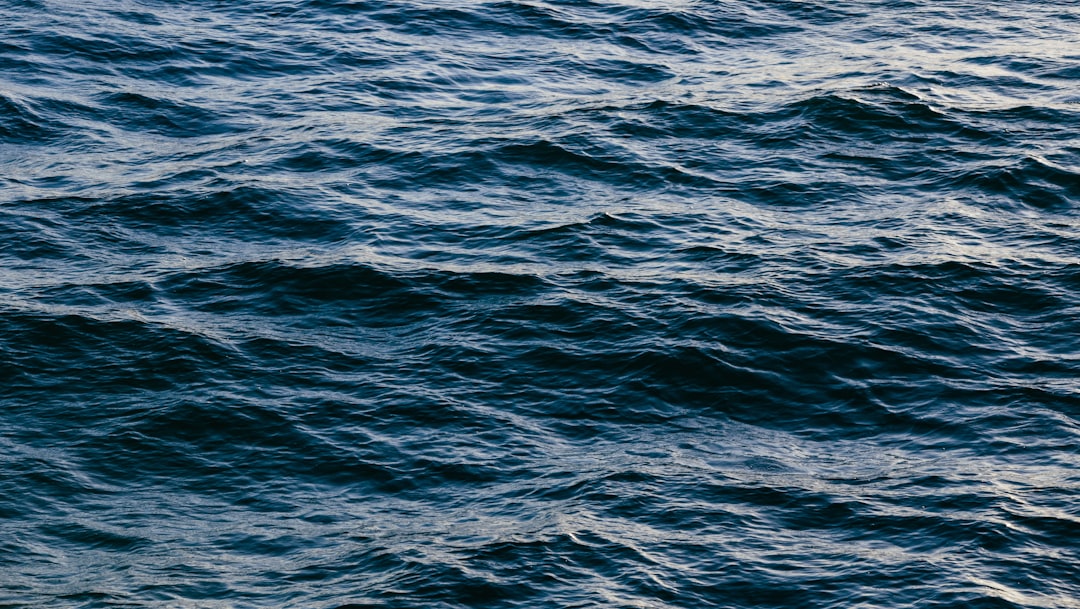What is it about?
Lipari, an active volcanic island in the Aeolian magmatic arc, is an excellent area to determine the effects of multiple source lithology, climate, weathering, transport and depositional environment on epiclastic sand composition. Volcaniclastic sand samples from 12 modern beaches were petrographically characterized using the Gazzi–Dickinson method, and the proportions of source rocks in combination with topography in associated coastal drainage basins were quantified using GIS. Several types of bedrock in the 12 drainage basins that are the likely prominent sources for sand at each sampled beach were recognized, and divided into two categories of provenance lithotypes: lavas and pyroclastic rocks ranging in composition from basaltic andesitic, to andesitic, to rhyolitic. Volcanic lithic fragments from Lipari beach sand consist of colourless and black glassy volcanic fragments with lathwork, felsitic, vitric and microlitic textures. Moreover, high amounts of detrital less durable minerals, such as pyroxene, olivine and Fe oxides, illustrate how the analysed sands preserve the source rock(s) provenance signals. Applying the concept of Sand Generation Index we see that these lithotypes have different propensities to create detritus, in terms of both grain-size and composition. Clastic contribution from pyroclastic rock outcrops such as pumice is not found in the size ranges studied, suggesting that these pumiceous source rocks probably only produce gravel or very fine sand and silt. This finding has implications for the stratigraphic record because pumice clasts, ranging from medium to fine grain-size, could be underrepresented in older volcaniclastic deposits and overrepresented in other size fractions.
Featured Image
Read the Original
This page is a summary of: Provenance of volcaniclastic beach sand in a magmatic-arc setting: an example from Lipari island (Aeolian archipelago, Tyrrhenian Sea), Geological Magazine, June 2016, Cambridge University Press,
DOI: 10.1017/s001675681600042x.
You can read the full text:
Contributors
The following have contributed to this page










